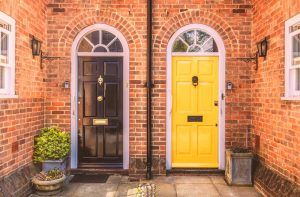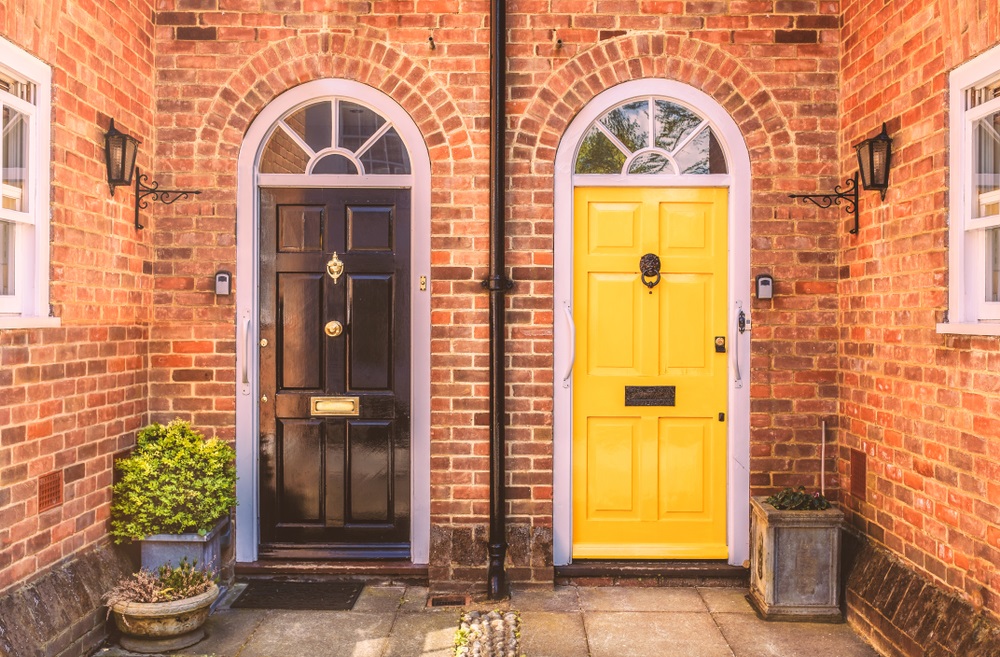House price growth doubled in July in the highest leap the UK has seen since May 2003 – so why, then, are experts urging us to take these figures with a pinch of salt?
 The average property price soared over the year to July by 15.5% – which is nearly twice as much as the annual growth in June which was 7.8%.
The average property price soared over the year to July by 15.5% – which is nearly twice as much as the annual growth in June which was 7.8%.
According to the Office for National Statistics (ONS), which released this official data, this is the highest annual house price inflation the nation has seen since 2003.
It elevates the average UK house price to an average of £292,000 in July – £39,000 higher than this time last year.
These may be jaw-dropping figures, but they don’t reflect an accurate true picture of what is really happening on the ground.
Indeed, the ONS explained this large jump was caused by the effects of the Stamp Duty holiday which ran – with its full discount – until the end of June 2021.
Sarah Coles, senior personal finance analyst at Hargreaves Lansdown, said this was the latest step in what she described as the ‘house price Hokey Cokey’ and didn’t reflect the ‘challenges’ facing the housing market.
“Distortions from the end of the most generous period of the stamp duty holiday last June are playing an enormous role in price rises,” she said.
“There was a burst of demand last June, and people rushed to get sales over the line before the deadline – pushing prices up.
“As a result, we had a lull in July where prices fell back month-on-month and annual rises slowed to 7.1%. We’ll see echoes of this through the next few months, as we get another bump and a dip from the end of the stamp duty holiday in September last year.”
What effect will the cost-of-living crisis have on the property market?
For many months now, there has been huge demand for a small supply of homes, and this has driven up the house prices.
The rising cost of living, fuelled by energy bill rises, petrol price hikes and expensive groceries, has been expected to eventually begin impacting this demand as consumers put off house moves.
Today, the ONS revealed inflation (according to the Consumer Price Index) had increased in August by 9.9% which is a less dramatic rise than the 10.1% seen in July.
This dip was as a result of fuel prices falling in August. Meanwhile the Prime Minister’s Energy Price Guarantee, which capped the average household energy bill at £2,500 a year for two years, will also offer some respite.
But will it be enough to keep house price growth at the same level we have experienced in the last year?
Sarah thinks not: “Even at this level, sky high bills will be a stretch for millions of people, and the relentless rise in the cost of food and other household bills will put us under even more pressure.
“Meanwhile, if the Bank of England raises rates again next week as expected, it’s going to make higher house prices even less affordable.
“We can expect the maths to stop adding up for increasing numbers of buyers, and their mortgage lenders, which could dampen price rises.”
‘Modest’ price growth this winter
Andrew Montlake, managing director of mortgage broker, agreed. He said today’s data has been skewed by the Stamp Duty holiday and should be ‘taken with a pinch of salt’
“The reality is that the property market has been slowly cooling in recent months as the nation is gripped by an unprecedented cost of living crisis,” he said.
“We’re also seeing valuers start to get more conservative due to the strong economic headwinds. With more rate rises a nailed-on certainty and the cost-of-living crisis set to worsen as we enter the winter, the property market will likely see modest price growth between now and the Spring.
“Higher mortgage rates and the immense pressure on household finances are also likely to result in demand dropping off in the months ahead. As ever, though, the lack of supply will support prices and prevent a pronounced fall.”














